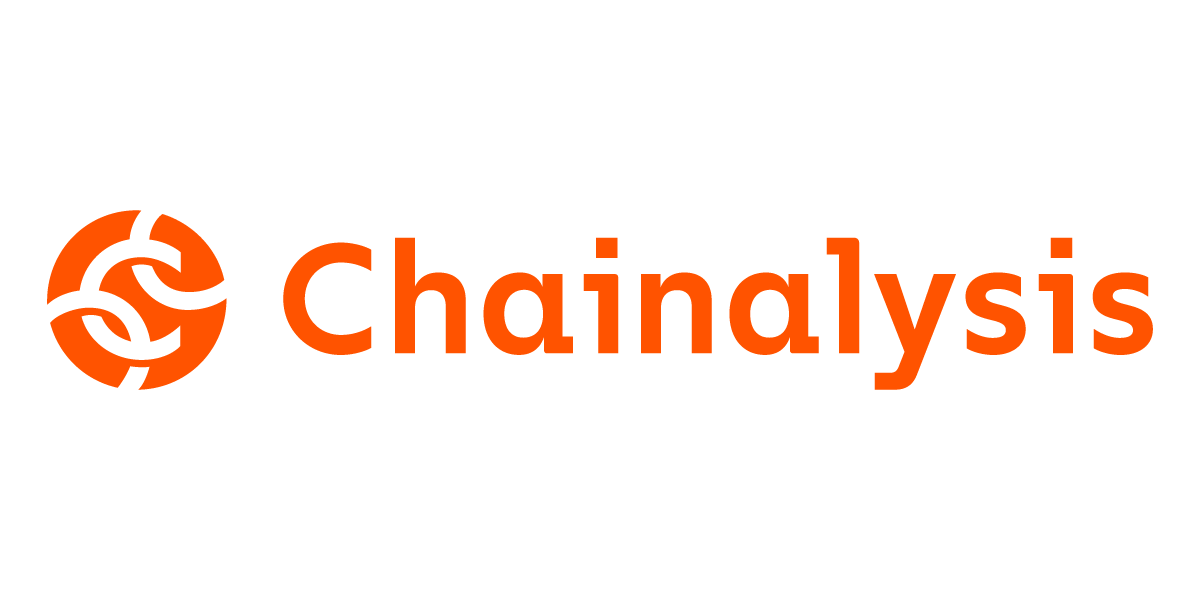
The Rising Challenge of Crypto Crime: Insights from Chainalysis Report
As the world of cryptocurrencies continues to evolve, so does the landscape of crypto crime. In 2023, illicit activities involving cryptocurrencies reached a staggering $24 billion, posing significant challenges for regulators and industry participants alike. Chainalysis, a leading blockchain analysis company, has provided valuable insights into the trends of crypto crime and the increasing use of stablecoins by fraudsters.
Chainalysis’ 2024 Crypto Crime Report offers a comprehensive analysis of illicit activities involving cryptocurrencies. While the total value of crypto crime decreased from the previous year, the number of total attacks increased. This indicates that criminals are becoming more sophisticated in their approaches, targeting a wider range of victims. Of particular concern is the dominance of ransomware attacks, accounting for approximately 40% of all funds received by cybercriminals. This alarming trend emphasizes the urgent need for increased cybersecurity measures in the crypto industry.
Chainalysis’ report also highlights the rising popularity of stablecoins among fraudsters. Stablecoins, which are cryptocurrencies pegged to a fiat currency, provide a seemingly stable and less volatile alternative to traditional cryptocurrencies like Bitcoin. Fraudsters have recognized this and are increasingly leveraging stablecoins for illicit purposes. The report reveals that the share of illicit transactions involving stablecoins has more than doubled from the previous year, reaching approximately 8% of all illicit activity in 2023. This underscores the necessity for enhanced regulatory scrutiny and monitoring of stablecoin transactions.
The increasing prevalence of crypto crime and the use of stablecoins by fraudsters have significant implications for industry participants. Financial institutions, cryptocurrency exchanges, and other service providers must strengthen their anti-money laundering (AML) and know your customer (KYC) procedures to detect and prevent illicit activities. By adopting robust transaction monitoring systems and collaborating with blockchain analysis companies like Chainalysis, these entities can enhance their ability to identify suspicious transactions and mitigate potential risks.
The rise of stablecoins and their involvement in illicit activities have prompted regulators worldwide to reassess their approach to cryptocurrencies. Governments are increasingly recognizing the need for comprehensive frameworks that address the unique challenges posed by digital currencies.





